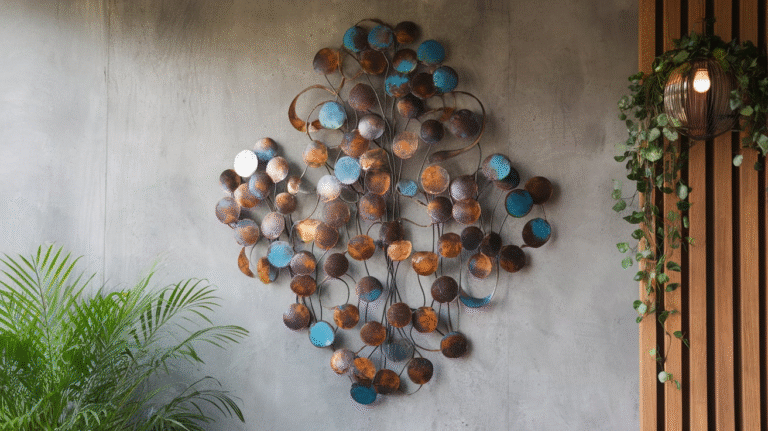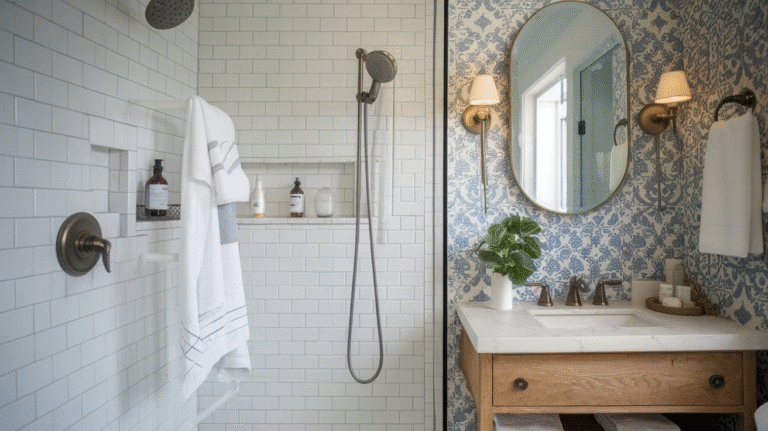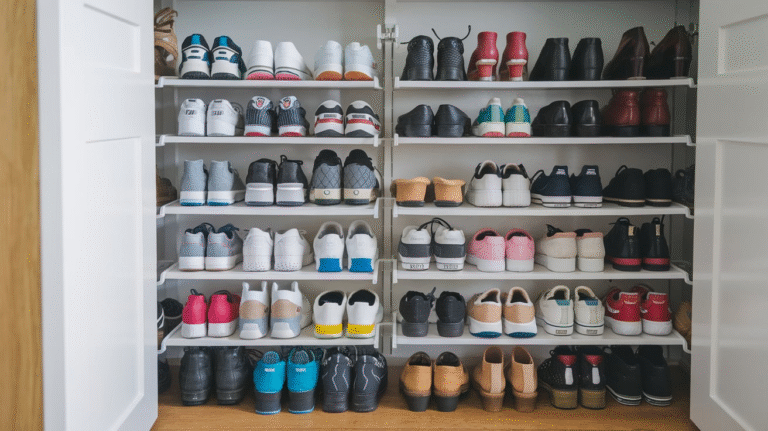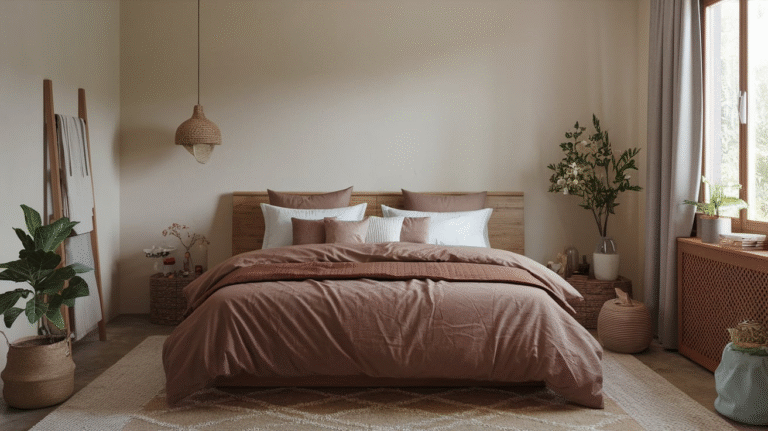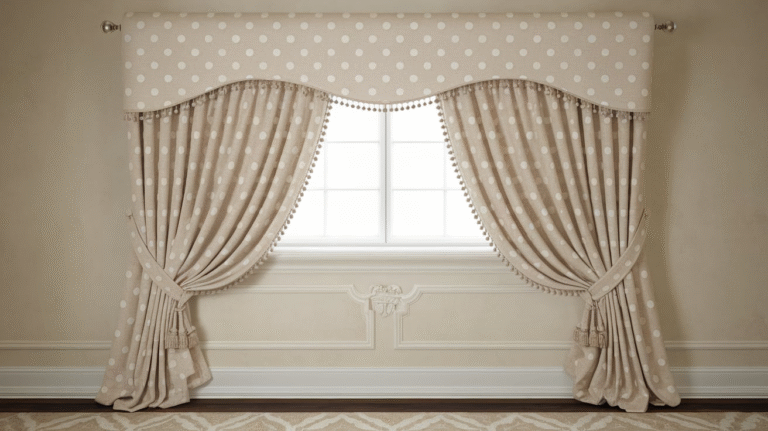11 Container Gardening Tips for Beautiful Portable Plants

Container gardening is a fun and flexible way to grow plants, no matter the size of your space. These container gardening tips help you create beautiful portable plants that thrive on balconies, patios, and even window sills. Whether you’re new to gardening or a seasoned grower, there’s always something new to try.
With the right setup, portable plants can add color, texture, and life to your outdoor or indoor areas. You can mix flowers, herbs, and even vegetables in one space using creative containers. These container gardening ideas make it easy to design a space that reflects your style.
From choosing the best pots to giving your plants the care they need, every detail matters. These container gardening tips will help you get the most out of your plants—making your garden look fresh, healthy, and full of charm.
1. Choose the Right Container

The first step in container gardening is picking the right pot. Size matters—a pot that’s too small will limit root growth, while a very large one may retain too much water. Make sure your container has good drainage holes to avoid soggy soil.
Material is important too. Terracotta pots are breathable but dry out faster, while plastic ones hold moisture longer. Pick a container that suits both your plant’s needs and your garden’s style. Decorative baskets, wooden boxes, or even old buckets can be beautiful and functional.
2. Use Quality Potting Mix
Never use garden soil in your containers. It’s too heavy and doesn’t drain well. Instead, use a good-quality potting mix made especially for container plants. These mixes are lighter, provide better air flow, and help retain just the right amount of water.
You can also add ingredients like perlite or coco coir to improve drainage and texture. A healthy potting mix gives roots the best chance to grow strong, leading to fuller, healthier plants. It’s one of the best investments you can make for your portable garden.
3. Water Smartly
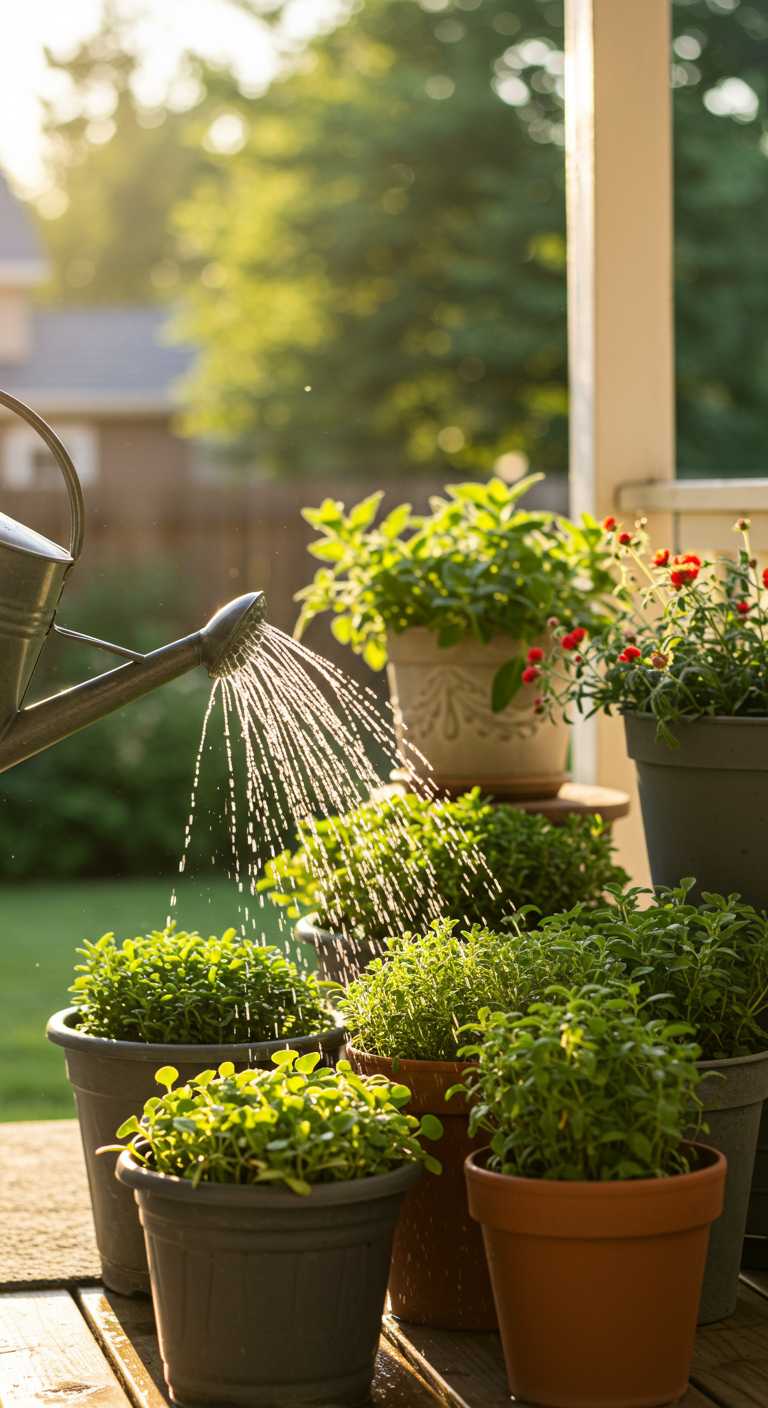
Container plants dry out faster than those planted in the ground. This means you need to water them more often, especially during hot weather. Check your containers daily by feeling the top inch of soil. If it’s dry, it’s time to water.
Always water deeply so that moisture reaches the roots. Avoid shallow watering, which only wets the surface and leads to weak root systems. Early mornings or late evenings are the best times to water and prevent quick evaporation.
4. Match Plants With Pots
Not all plants grow well in every container. Tall plants like tomatoes need deep pots, while herbs like thyme or chives can thrive in shallow ones. Before planting, know how big your plant will grow and pick a pot that gives it enough room.
Also, consider combining plants with similar sunlight and water needs in one pot. This way, you don’t risk overwatering one and underwatering another. Smart pairings make maintenance easier and help your container garden look more balanced and lush.
5. Fertilize Regularly

Container plants need extra feeding because nutrients in pots get used up quickly. Start with a slow-release fertilizer when planting, then use a liquid fertilizer every few weeks during the growing season.
Always follow the instructions on the label to avoid overfeeding, which can damage roots. Whether you’re growing flowers, vegetables, or herbs, regular feeding helps your plants stay vibrant and productive all season long.
6. Use Vertical Space
If you’re short on space, go vertical. Hanging baskets, wall planters, and stacked pots let you grow more without taking up much room. This method is perfect for balconies, small patios, or even sunny indoor walls.
Vertical gardening also adds layers and visual interest to your space. You can grow trailing plants like ivy, petunias, or strawberries for a cascading effect. It’s a great way to turn a plain wall or fence into a green and blooming display.
7. Move Plants for Sunlight

One of the biggest advantages of container gardening is mobility. Use this to your advantage by moving your pots to follow the sun. Some plants need full sun, while others prefer partial shade—move them as needed to keep them healthy.
Pay attention to changes in the seasons, too. As the sun shifts during the year, your garden layout may need to change. Portable plants make it easy to adjust and ensure your garden always gets the light it needs.
8. Mix Colors and Heights
To make your container garden look beautiful and full, combine plants of different colors, textures, and heights. Use a simple rule: include a thriller (a tall, eye-catching plant), a filler (medium-sized plants), and a spiller (trailing plants that hang over the edge).
This creates a layered and professional look. You can play with color themes—go for soft pastels, bold tropical shades, or classic green and white. Mixing plant types adds interest and makes each container a mini garden of its own.
9. Keep Pests in Check
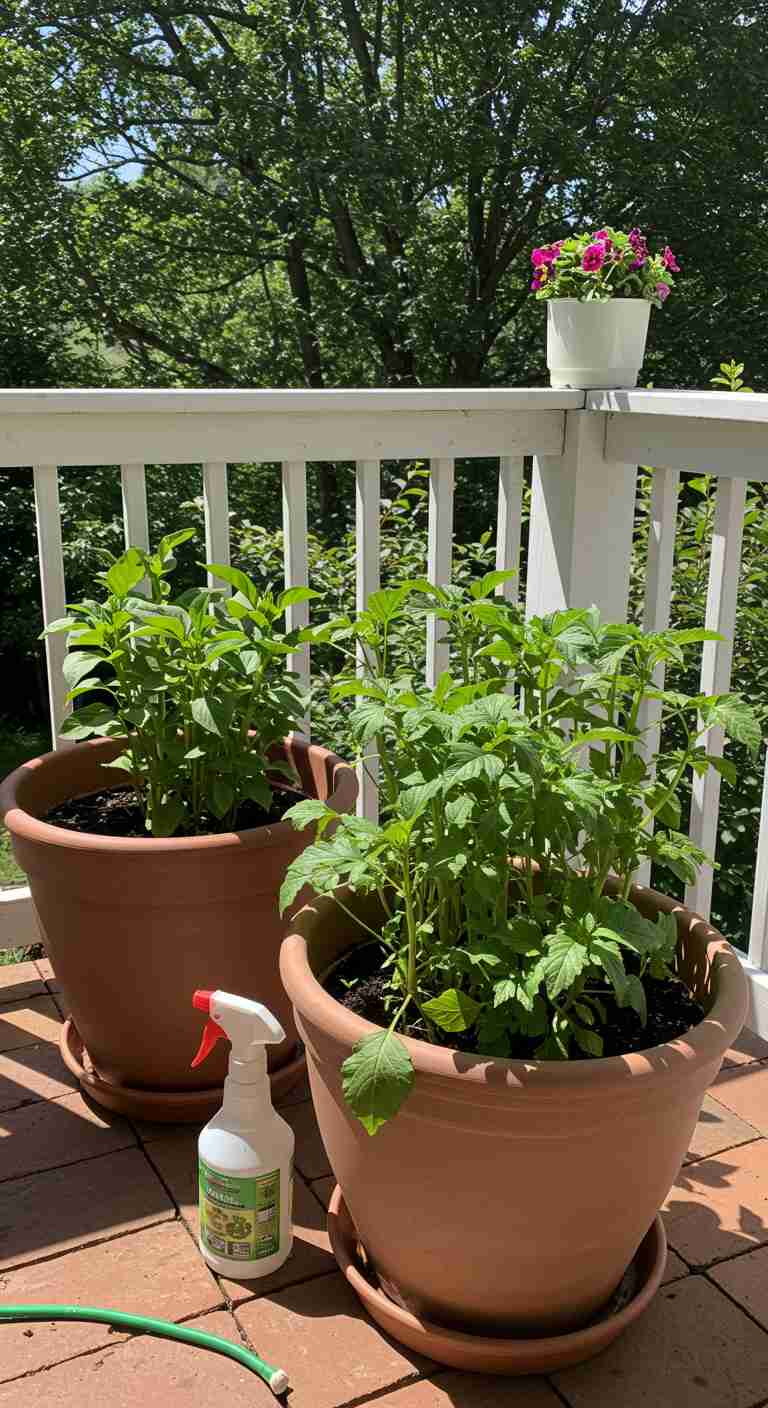
Container plants are easier to monitor for pests, but that doesn’t mean they’re immune. Check leaves regularly for signs of damage or bugs. Common pests like aphids, spider mites, and slugs can show up even in potted plants.
Use natural pest control methods like neem oil or insecticidal soap. Keep your containers clean and remove any dead leaves or debris that might attract pests. Healthy plants are less likely to be affected, so regular care is the best defense.
10. Refresh Containers Each Season
To keep your container garden looking its best, refresh it with each new season. In spring, plant bright flowers like pansies or petunias. In summer, go for sun-loving blooms and vegetables. In fall, switch to mums, ornamental kale, or cool-weather herbs.
Don’t forget to clean out old soil and replace it if needed. This helps prevent diseases and gives new plants a healthy start. Seasonal updates also keep your garden exciting and allow you to try new looks throughout the year.
11. Get Creative With Containers
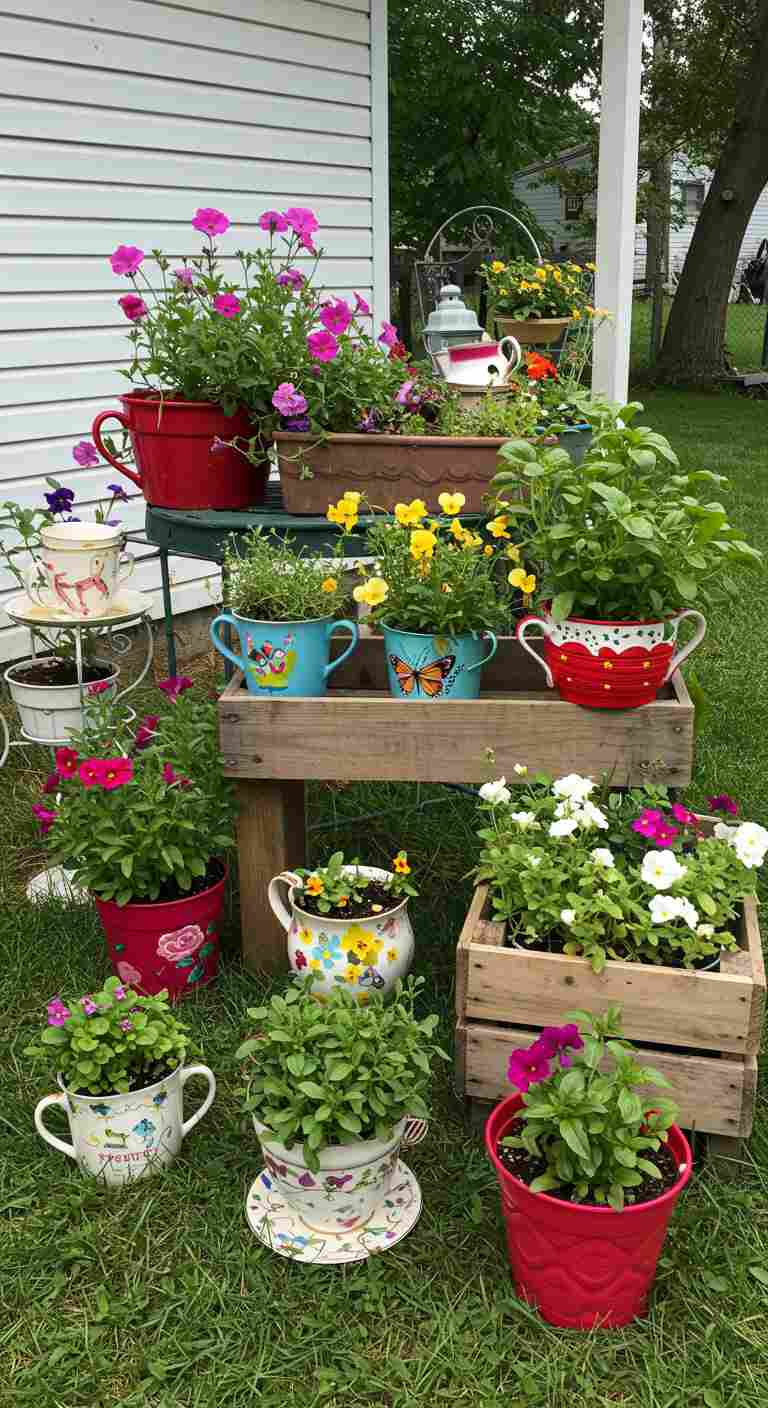
You don’t have to stick to standard pots. Almost anything can become a garden container if it holds soil and has drainage holes. Try teacups, baskets, wooden crates, or even painted cans for a fun and unique look.
Repurposing items gives your garden personality and charm. Match your containers with your outdoor decor—rustic, modern, vintage, or colorful. Just make sure they’re safe for plants and can withstand the weather if used outside.
Final Thoughts
Container gardening is a flexible and rewarding way to enjoy plants, whether you have a tiny balcony or a big backyard. With these tips, you can grow beautiful portable plants that brighten up your home and bring joy to your space.
From choosing the right pot to making sure your plants stay healthy all season, each tip helps you get closer to a thriving container garden. The best part? You can move, mix, and change things up as your space or mood changes.
Whether you’re growing herbs for the kitchen or flowers for beauty, container gardening makes it easy and fun. Start small, experiment, and enjoy the process—because every container holds a little bit of nature’s magic.

